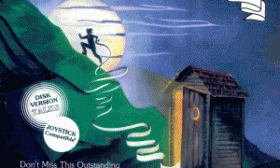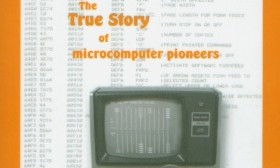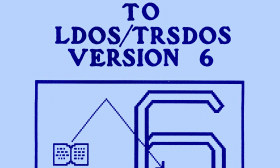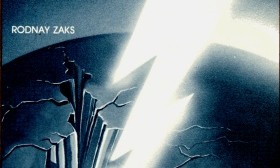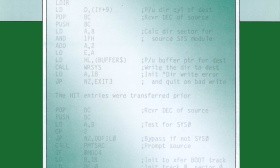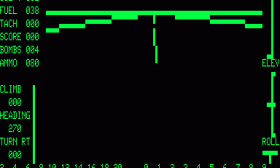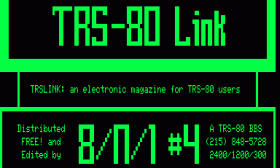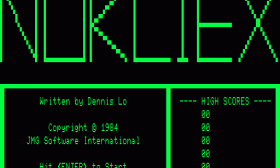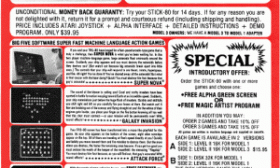Priming the Pump: How TRS-80 Enthusiasts Helped Spark the PC Revolution
Lately, there seems to be an increasing interest in the history of early microcomputers. But for whatever reason, Radio Shack and the TRS-80 are rarely mentioned in histories of microcomputing. When the TRS-80 is mentioned, the details are often incomplete or completely wrong. I don’t know what has caused this collective amnesia, but the TRS-80 deserves to have its important contributions recognized.The Programmer's Guide To LDOS/TRSDOS Version 6
The Programmer’s Guide is my favorite TRS-80 programming book, and in my opinion, the most useful. The chapters include:
- an overview of the operating system
- device input/output, with information about filters and drivers
- disk drive input/output, with information about writing a disk driver
- DOS directory structure
- disk file access and control
- interfacing with supervisory calls (SVCs), including detailed information about parameters
- other useful miscellaneous tables and topics
Programming the Z80
Even though Programming the Z80 was not written for the TRS-80, it was one of the more popular TRS-80 programming books. I suspect that this book and TRS-80 Assembly Language Programming by William Barden introduced more TRS-80 programmers to assembly language than any others.The Source
The Source was a three volume set containing the complete source code of TRSDOS 6.2 (which was the same as LS-DOS 6.2). Each individual book cost $99.00, so total cost for a complete set was $297.00. Later on, these prices were heavily discounted.T80-FS1 Flight Simulator
The T80-FS1 Flight Simulator was a groundbreaking simulation program for the TRS-80, written by Bruce Artwick and released by SubLOGIC in February 1980. It was based on A2-FS1, the original Apple II version of the Flight Simulator, also written by Bruce Artwick and released a few months earlier. From the introduction to the T80-FS1 user’s manual:
The T80-FS1 is the second version of the FS1 program. Feedback from users of our initial Apple II version of FS1 has been used extensively in the TRS-80 version. Selectable downward view, bomb sights, visible enemy gun blasts, and a “simulation reset” command were all added to the FS1 since the introduction of the Apple II FS1. The T80-FS1 also has slightly higher frame projection rate than the Apple version.
TRSLINK
After the decision by the publishers of 80 Micro magazine to end TRS-80 coverage, there was a demand for new sources of TRS-80 information. TRSLINK was first proposed by Luis M. Garcia-Barrio, sysop of a bulletin board system in Philadelphia. In many ways, the concept resembled the old CLOAD magazine. It was envisioned as an electronic magazine for TRS-80 users, but not as a replacement for existing magazines. Each issue could fit on one 5 1/4" disk (although some later issues required a double-sided disk). Article submissions from users were welcomed, and any advertisements submitted were included for free. Unlike CLOAD, distribution was provided for free via bulletin board systems, FidoNet, Usenet, and GEnie.TRSTimes
After learning that 80 Micro was planning to drop TRS-80 support, Lance Wolstrup decided to launch his own magazine which he named TRSTimes. As he stated in the first issue:
“What I wanted was a newsletter whose roots and traditions were firmly planted in the Wayne Green tradition of 80 Micro from 1981 to 1983; one that would be primarily oriented toward the TRS-80 hobbyist.”
Nukliex
Nukliex was written in 1984 by Dennis Lo, and released through JMG Software International. Although the game’s title screen identifies itself as “Nukliex”, it was always advertised as “Nucliex”.
When you start Nukliex, you can select a difficulty level between 1 and 10. You control a ship located at the bottom of the screen that fires shots toward the top. Asteroids and aliens attack you from above. This is pretty standard for most games of this type. But unlike other games, you can also move your ship not just side to side but also up and down. Your ship also has a shield that will protect it when you press the ENTER key. The shield takes time to regenerate itself, so you need to use it sparingly.
